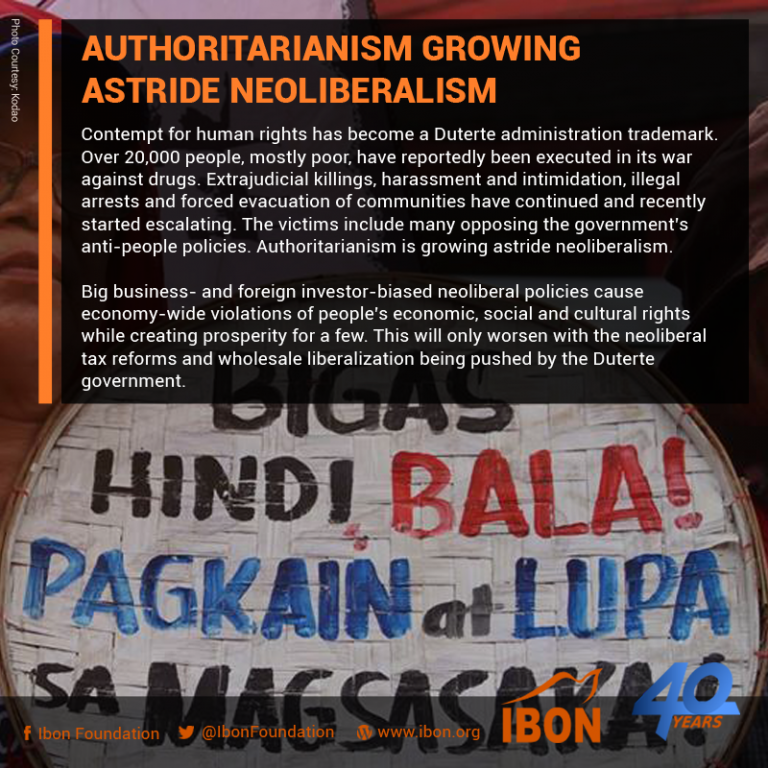The Regional Trial Court of Quezon City Branch 100 on Tuesday, January 15, 2019, dismissed the case against Baylosis and Guillermo, and ruled that their arrest by the PNP-AFP last year was illegal.
Joma says no back channel talks with Andal
NOT GUILTY
Senator Antonio Trillanes IV pleads not guilty on the four libel cases filed against him by Presidential son and former Davao City vice mayor Paolo Duterte and lawyer Maneses Carpio before a local court in Davao City on Tuesday, January 15, 2019. (Kenneth E. Cagula/davaotoday.com)
Makabayan files bill seeking exemption of journalists from anti-drug ops
On Duterte’s statement that human rights groups are enemies of the state
Only tyrants and human rights violators consider human rights defenders as enemies, to justify their killing and other worse violations against them. It is actually those in government who order, encourage and perpetuate extrajudicial killings, illegal or arbitrary arrests, rape, torture, and other grave violations, as well as those who engender impunity and poverty and promote the sell-out of our country’s patrimony, who are considered by the people as their enemies.
New SEC memo on non-profit organizations violates right to organize – Karapatan
Surreptitiously, without consultation with many non-profit organizations, the Securities and Exchange Commission issued SEC Memorandum Circular No. 15 (s. 2018) or the Guidelines for the Protection of SEC Registered Non-Profit Organizations (NPOs) From Money Laundering and Terrorist Financing Abuse or the NPO Guidelines on November 7, 2018.

